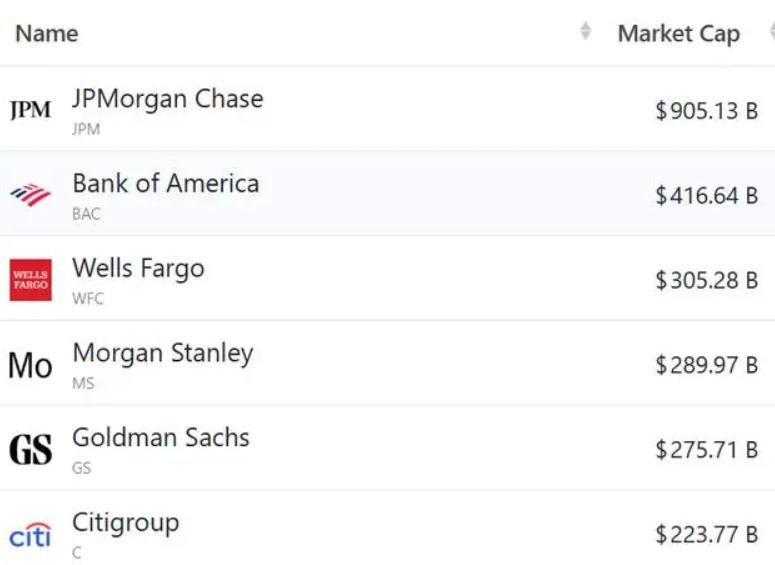
Amidst challenges to the Fed's independence and the Trump administration's tariff policies sparking anxiety in global markets, US stock index futures stagnated on Monday, while gold futures bucked the trend and surged, reaching a new record high. This seemingly contradictory market performance actually reveals multiple dynamics: a crisscrossing of risk aversion and appetite, and a tug-of-war between policy uncertainty and economic data, all together painting a volatile financial landscape.
The Trump administration continues to escalate pressure on the Federal Reserve. The president's public attacks on Fed Chairman Powell and his attempt to fire Fed Governor Lisa Cook have sparked strong market concerns about the Fed's independence. While a judge did not immediately rule on the legality of the dismissal, the controversy itself has shaken market confidence. If the White House successfully intervenes in monetary policy, it could lead to interest rate cuts that exceed economic fundamentals, creating the risk of a rebound in inflation.
Meanwhile, the market is betting on an 84.3% probability of a Fed rate cut in September, providing strong support for gold. As a non-interest-bearing asset, gold's appeal is heightened in a low-interest rate environment, especially when the dollar's credibility is undermined by expectations of political interference. However, the expectation of a rate cut is a double-edged sword: if economic data exceeds expectations (such as the revised GDP figures or core PCE index to be released this week), the need for a rate cut could be weakened, putting pressure on gold.
Trump's proposed global tariff plan has heightened market uncertainty. Despite his pledge to implement a tiered tariff system, China and the US have not engaged in consultations, and a spokesperson for the Ministry of Foreign Affairs has explicitly denied the possibility of negotiations. Legally, a federal appeals court upheld the illegality of the tariffs, but they will remain in place until October pending a Supreme Court review. This limbo has investors treading on thin ice.
Tariff uncertainty has had a mixed impact on the market: tech stocks are under pressure due to global supply chain risks, leading to increased volatility in the share prices of giants like Apple and Intel; while safe-haven assets like gold are benefiting from risk aversion. Bridgewater Associates Chief Investment Officer Bob Prince warned that protectionist policies could drive up inflation and force the Federal Reserve to adjust its path of rate cuts.
U.S. stock index futures remained flat on Monday, reflecting investors' conflicting sentiment. On the one hand, economic resilience (such as the recent non-farm payroll data that exceeded expectations) is supporting risk appetite; on the other hand, policy uncertainty is dampening upward momentum. The tech sector is experiencing a mixed bag of events—Nintendo Switch 2 pre-orders sparked a frenzy, Google's earnings report impressed, while Apple's management turmoil and rumors of Nvidia's AI investments rattled the market.
Gold futures are in frenzy mode, with COMEX gold breaking through $3,400/ounce and silver also reaching a record high. Institutional investors generally maintain a bullish view, believing that a weakening dollar, geopolitical risks, and policy uncertainty present long-term positive factors. Stephen Innes, Managing Partner of SPI Asset Management, noted that beneath the surface of market calm lies hidden pressure, and the risk of a 5%-10% correction cannot be ignored.
The market is currently at the brink of multiple storms: the Federal Reserve's independence debate, unresolved tariff policy, and the tussle between interest rate cut expectations and economic data. Gold, as a "crisis asset," is shining, while the stock market is volatile and awaiting direction. Investors should be wary of two major risks: sudden policy changes triggering sharp market fluctuations, and unexpected economic data changing the narrative around rate cuts. In the coming weeks, US GDP, inflation, and employment data will be crucial for a breakthrough, and the Trump administration's next moves could reshape the fate of global financial markets.

Driven by the Trump administration's push to relax financial regulations and the recovery of investment banking business, the market value of the six major banks in the United States has cumulatively increased by approximately 600 billion US dollars by 2025.
Driven by the Trump administration's push to relax financia…
On Christmas evening, U.S. President Trump posted on social…
According to multiple foreign media reports, the recent fin…
The middle class, once regarded as the cornerstone of Ameri…
On December 19th local time, the US military launched a lar…
The Boxing Day sunshine should have cast a false glow of pr…